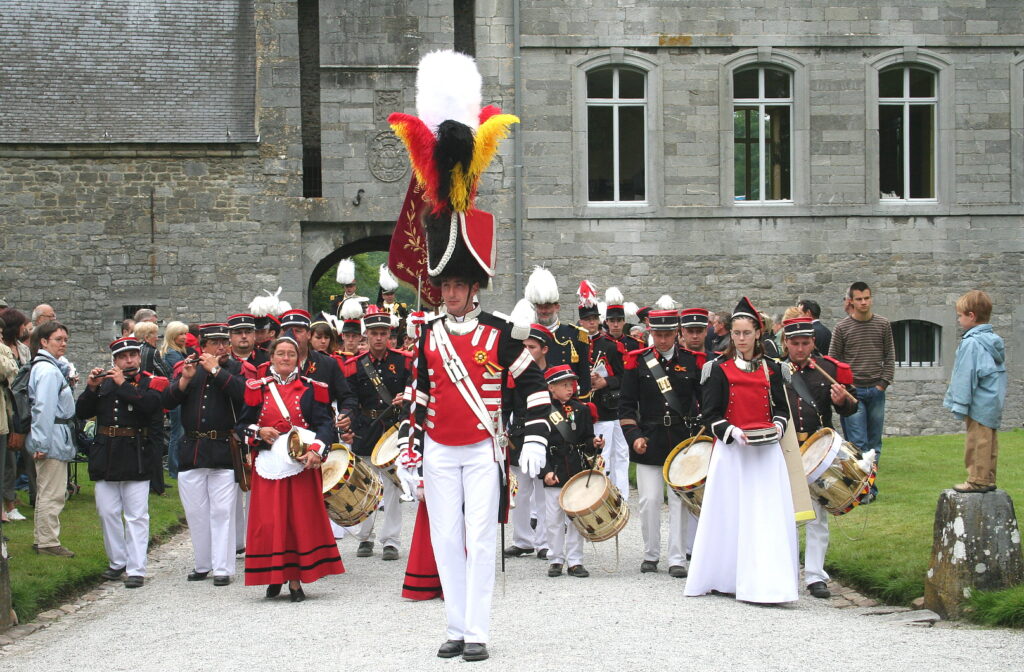About 450 people marched to the sound of music in Jumet (Charleroi) on Saturday in celebration of the tenth anniversary of UNESCO’s recognition of 15 marches of Entre-Sambre-et-Meuse.
The marches commemorate the dedication to saints of the churches of numerous villages and small towns in the extensive region south of the Sambre and west of the Meuse and take the form of processions escorted by companies organised on a military model. Usually, entire villages and towns participate.
Six of the marches already had the title of Masterpiece of the Oral and Intangible Heritage of the French Community. Nine others were added to the list by 2012.
"The Marches of the Entre-Sambre-et-Meuse are one of the major elements of the cultural identity of the eponymous region located between the rivers Sambre and Meuse in Wallonia," the World Heritage Convention's website stated.
Heritage and social inclusion
UNESCO also recognises the marches as a factor of integration and promoting social cohesion by bringing men and women from different backgrounds together.
Meanwhile, the regional traditions are passed on orally, often within the family circle, but "also in the meetings, gatherings, balls or banquets necessary for the organisation of the march."
Related News
- Brussels Renaissance festival takes visitors back in time
- Ghent Festivals return this summer with over 3,000 activities
"This heritage, transmitted from generation to generation, is constantly recreated by communities and groups according to their environment, their interaction with nature and their history, and provides them with a sense of identity and continuity, thus helping to promote respect for cultural diversity and human creativity," UNESCO stated.
Traditionally, the marching season in the Entre-Sambre-et-Meuse region starts in early May and ends in October.

